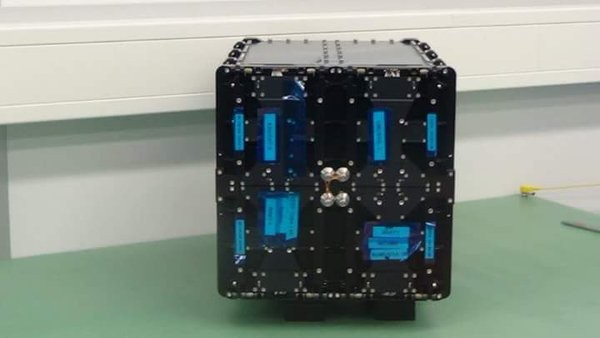After a month in outer space, Chinese space authorities reported that the world's first 12U CubeSat is in good working condition.
The satellite, which was developed by the National Polytechnic University (NPU), was launched aboard an LM-7 rocket on June 25 and began sending back data to the NPU's ground station, the Global Times reported.
Dubbed "Ao Xiang Star," the satellite belongs to a category of low-cost satellites known as CubSat. The class is built around the international standard size (the U) of 10 cm by 10 cm by 10 cm and a standard mass of around one kilogram. In the case of the Ao Xiang Star, it is about twelve times as large as the standard unit, hence the 12U designation, and weighs around 10 kilos.
According to NPU Shaanxi micro-satellite engineering lab director and the satellite's chief designer Zhou Jun, the decision to upscale the Ao Xiang Star to a larger size is to overcome the limitations found in regular 2U and 3U micro-satellites.
However, as the goal of this class of satellites is to pack as many components as possible in a small size, all of the Ao Xiang Star's functions are run on a computer just 10 cm across. The satellite is expected to run for around 3 months and will be used to study optical polarization in the atmosphere, which is essential in the development of polarization navigation technology.
Meanwhile, China is also set to launch a new satellite to conduct quantum experiments in space. The 600-kilogram craft is expected to be launched in August and is designed to conduct quantum entanglement experiments, Nature reported. This is the first time such experiments, which have already been conducted on the ground, will be performed from space.
Experts believe that, should the experiments prove successful, China will likely send up more in a bid to develop a network of quantum satellites that will provide a very secure communications network. Other countries like Canada and Japan are also currently doing their own researches on the concept.



























